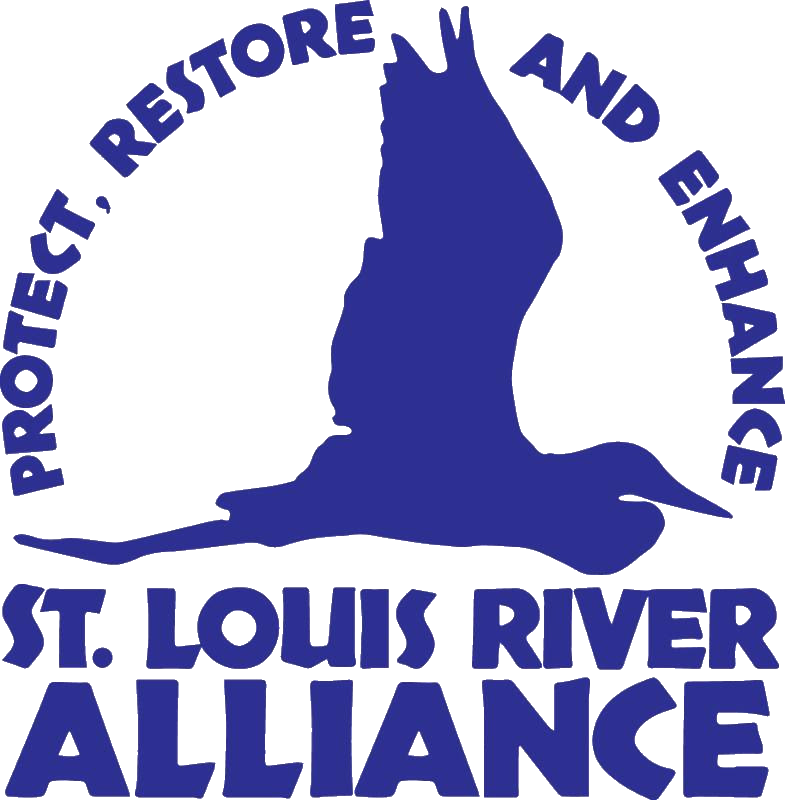Area of Concern Updates: Scanlon Reservoir
EPA and MPCA Announce $6M Sediment Cleanup in the St. Louis River Area of Concern in Scanlon, Minnesota
Contact: Taylor Gillespie, 872-276-3635, Gillespie.taylor@epa.gov
CHICAGO (August 23, 2021) –U.S. Environmental Protection Agency and Minnesota Pollution Control Agency have signed a $6 million agreement to address and clean up contaminated sediment in the Scanlon Reservoir in Scanlon, Minnesota. Slated to begin this fall, the project will employ new remediation technologies to improve the habitat for fish and wildlife.
“Our long-standing partnership with MPCA is crucial to cleaning up and restoring the St. Louis River area of concern,” said acting EPA Regional Administrator Cheryl Newton. “We’re committed to restoring the Great Lakes and preserving this incredible resource for future generations.”
Under the project agreement, MPCA will contribute up to $2.1 million of the total estimated project cost of $6 million and EPA will fund the rest. The U.S. Army Corps of Engineers will also support this GLRI project.
"The Great Lakes are a national treasure and vital to the economy and environment in Minnesota and our entire country," said Sen. Amy Klobuchar “The restoration of the Great Lakes ecosystem is estimated to provide $50 billion in long-term economic benefits for the region and this project will ensure that the restoration of the important Saint Louis River area habitat continues. As one of the vice-chairs of the Great Lakes Task Force, I look forward to continuing this important work to protect the Great Lakes for generations to come."
“This vital project and investment moves us one step closer to our ultimate goal of removing one of the Great Lakes’ most important waterways from the Great Lakes Area of Concern List,” said MPCA Commissioner Peter Tester. “In partnering with federal, state, local, and tribal governments, as well as other stakeholders, our work to restore and revitalize the St. Louis River will support healthy families, recreation, and a vibrant local economy well into the future.”
The project will address approximately 55,000 cubic yards of contaminated sediment in the reservoir, located just upstream of the Scanlon Hydroelectric Station in the St. Louis River Area of Concern. This will involve a novel, pilot remedy where a thin layer of carbon will be applied across 14 acres of the 43-acre reservoir. Different techniques will be used to apply the carbon depending on the depth of the water. The carbon layer will prevent the pollution from accumulating in the small organisms on the bottom of the food chain and will benefit the fish populations which rely on them for food. Native plants on the land near the reservoir will also be restored.
This project is part of the larger effort to restore and protect the Great Lakes through the Great Lakes Restoration Initiative. The GLRI launched in 2010 as a non-regulatory program to accelerate efforts to protect and restore the largest system of fresh surface water in the world.
The St. Louis River AOC is one of 43 original AOCs identified by the United States and Canada in the mid-1980s as the most environmentally degraded areas in the Great Lakes ecosystem and is the second largest AOC in the United States. To date, five of the 31 original AOCs in the U.S. have been cleaned up and “delisted,” and substantial cleanup efforts are now underway at many more, including the St Louis River AOC.
